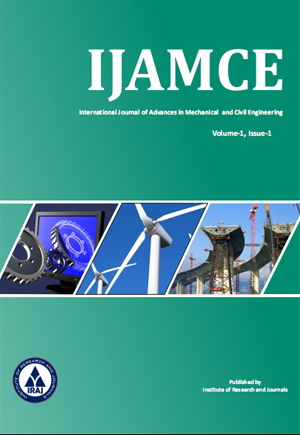Publish In |
International Journal of Advances in Mechanical and Civil Engineering (IJAMCE)-IJAMCE |
 Journal Home Volume Issue |
||||||||
Issue |
Volume-2, Issue-1 ( Feb, 2015 ) | |||||||||
Paper Title |
Liquefaction Potential Susceptibility Mapping In Urban Areas | |||||||||
Author Name |
G.p. Ganapathy, Sreeja Karanam, S. S. Chandrasekaran, M. Saravana Ganesh | |||||||||
Affilition |
Centre for Disaster Mitigation and Management, VIT University, Vellore 632014, India, School of Mechanical and Building Sciences, VIT University, Vellore 632014 Centre for Disaster Mitigation and Management, VIT University, Vellore 632014, India | |||||||||
Pages |
38-42 | |||||||||
Abstract |
Liquefaction is the measure of vulnerability of saturated sediment to compact during earthquake shaking and thus generate pore water pressures sufficient to cause possible ground instability or failure. Urban areas lying in the alluvial soil generally pose to threat of liquefaction even for moderate magnitude earthquakes. The buildings which are constructed over the liquefiable soil are more vulnerable during seismic shaking for a potential earthquake. The Chennai city of India is one of the most densely populated cities in the world, which consist of densely constructed high rise buildings in many parts. The city is under moderate seismic zone as classified by Bureau of Indian Standard where one can expected maximum magnitude of 6.9. The major part of the city covered by the Recent Alluvial soil with shallow water table, which is more vulnerable during earthquake shaking and quiet enough to trigger liquefaction. In this regard a study carried out to understand the liquefaction susceptibility of soil in the city using geotechnical parameters. Also the study reveals spatially 60% of the area is prone to liquefaction. The present study can be an eye opening for urban planners and decision makers and emergency responders for future developmental planning activity within the city. Keywords- Liquefaction, Susceptibility, Urban Areas and Chennai | |||||||||
| View Paper | ||||||||||